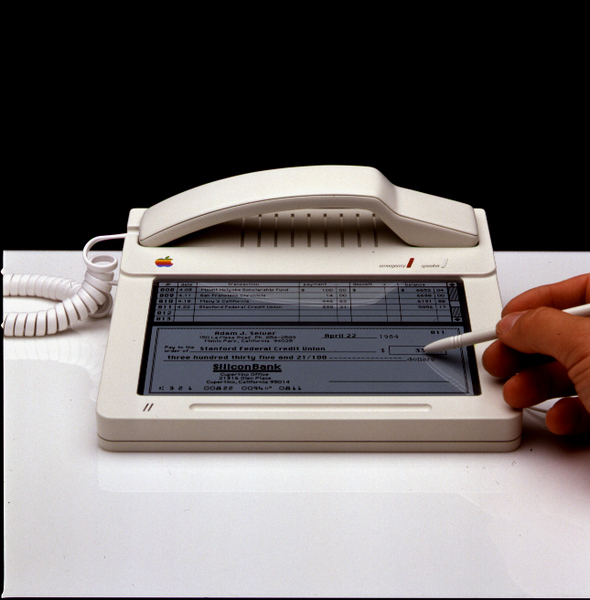Following on the heels of our latest Lunch and Learn event, I wanted to share some of the thoughts and discussion points discussed therein. We must first recognize that video is here – like it has never been before. Having said that, video is most certainly not a new technology. In fact, many organizations have been utilizing some sort of video within their walls for decades now. So what’s different, and why now?
I argue that the proliferation of video enabled consumer devices will spawn a mass adoption of video related technologies in our personal lives. Think about it, if you had to run to an “email machine” every time you wanted to send an email, you probably wouldn’t use it as much. Proliferation and availability are intrinsically linked user adoption. This inevitably will translate into our professional careers à la instant messaging or social media (facebook, twitter).

Ok, so video is here, your user base is primed for its use, what does this mean for you? First and foremost, companies must begin developing a strategy and providing the technology base to host video services. Without doing so, corporate video content will most certainly make its way to internet based services that most certainly don’t have your corporations best interests at heart. I previously have used a few examples from YouTube of internal sales meetings and holiday parties. With a few keyword searches, I’m sure you could find many of the same.
Secondly, video isn’t something you can just get a quote for and subsequently buy. Video has an incredibly wide definition which forces us to plan for which use cases we are to tackle first, communicate that effectively, and then execute. A solution to provide point to point room based video will quickly spawn questions on how that can be connected to external parties or bridge multiple parties into the same conference. Each of these requires different technology investments and the last thing you want to do is tell your CEO that he can’t do something shortly after writing a big check!
Finally, you have to be able to provide this solution and compete will services that are provided on the internet free of charge. Now that’s a challenge!
